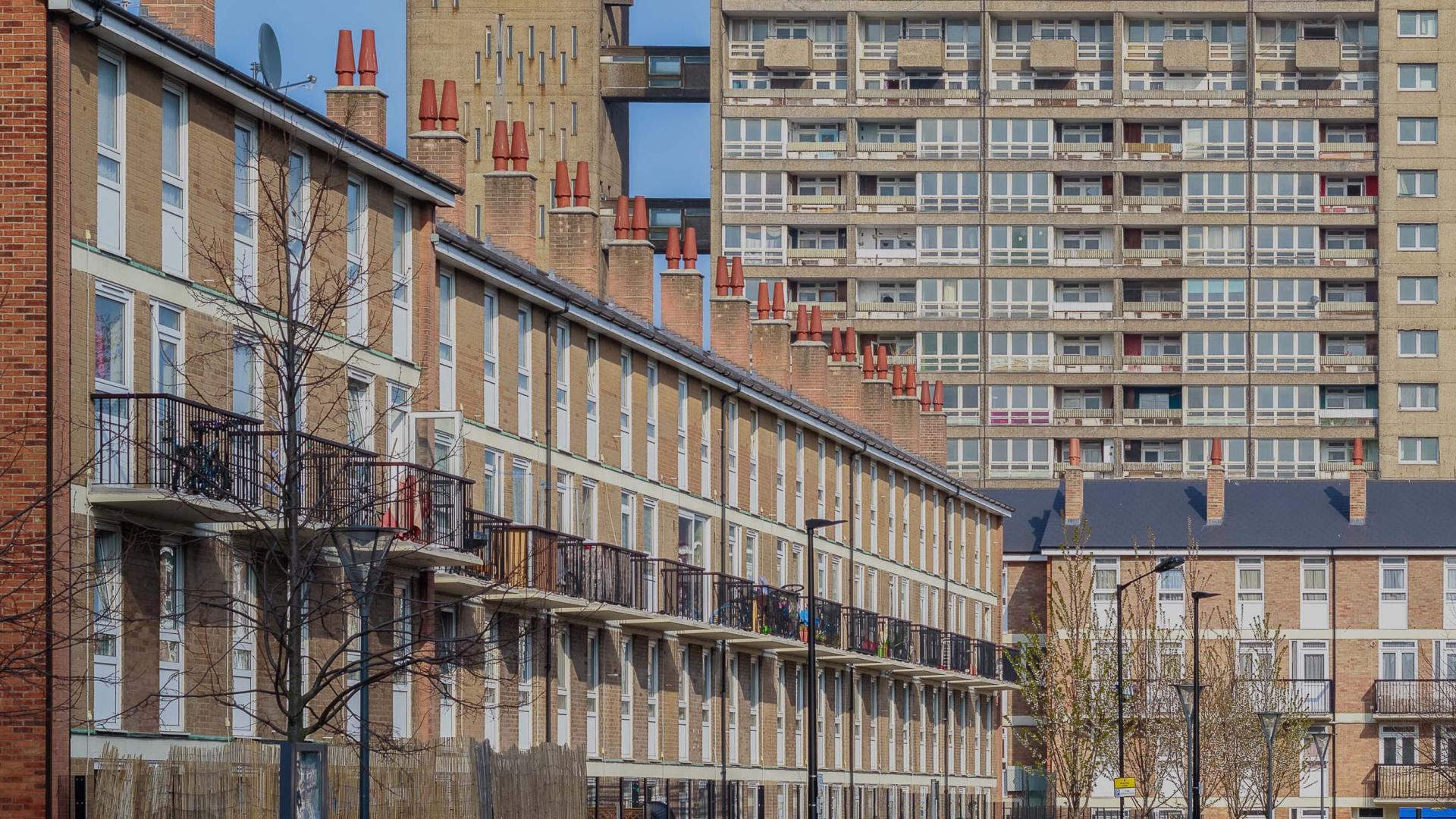This report examines how living standards – most commonly measured by households’ incomes – were changing in the UK up to approximately the eve of the current COVID-19 crisis, using the latest official household income data covering years up to 2018–19. We particularly focus on how this differed for different groups, and what this meant for poverty and inequality. It gives us a comprehensive account of where we stood before the current crisis, including for groups who we now know have subsequently had their economic lives turned upside down.
Key findings:
- The COVID-19 crisis hit at a time when income growth had already been extremely disappointing for some years.Median (middle) household income was essentially the same in 2018−19 (the latest data) as in 2015−16. This stalling itself came after only a short-lived recovery from the Great Recession. The combined effect had been a decade of unprecedented poor improvements in living standards, with average income before housing costs having grown less than over any other 10-year period since records began in 1961.
- The main culprit for the latest choking-off of real income growth had been a rise in inflation from 2016. This was partly due to the depreciation of sterling following the Brexit referendum.
- For people aged 60 or over, median income was 12% higher in 2018−19 than before the previous recession in 2007−08, while among the rest of the population it was only 3% higher. However, in recent years, income growth had stalled for old and young alike.
- Trends among low-income households had been worse still – they had experienced five years of real income stagnation between 2013−14 and 2018−19. This was entirely due to falls in income from working-age benefits and tax credits, which offset growth in employment incomes. Working-age benefits were frozen in cash terms, so the rise in inflation from 2016 reduced their value in real terms by 5%.
- Overall relative poverty (using incomes measured after housing costs are deducted (AHC)) was 22% in 2018−19, and it has fluctuated little since the early 2000s.For particular groups, though, we have seen more change. Relative poverty among working-age adults without children has fallen since 2011−12, while relative child poverty has increased by 3 percentage points – the most sustained rise in relative child poverty since the early 1990s.
- Absolute AHC poverty was 20% in 2018−19 – virtually unchanged over the last two years. The recent lack of progress in reducing absolute poverty is disappointing: it only fell by 1.4 percentage points between 2010−11 and 2018−19 whereas reductions over an equivalent period in previous decades were around 5–6 percentage points on average.
- Workers whose livelihoods look most at risk during the COVID-19 crisis already tended to have relatively low incomes, and were relatively likely to be in poverty, prior to the onset of the crisis. Employees working in ‘shut-down sectors’, such as hospitality, were already almost twice as likely to be in poverty as other employees, and poverty rates were higher still for self-employed people working in these sectors. Cleaners and hairdressers stand out as groups with higher poverty rates than other workers who are unlikely to be able to work from home.
- In 2018−19, only 12% of non-pensioners lived in households with no one in paid work, down by a third from 18% in 1994–95. This progress is highly likely to be undermined by the COVID-19 pandemic.
- Despite temporary increases in benefits announced in response to the pandemic, the benefits system in 2020 provides less support to out-of-work households than in 2011. Average benefit entitlement among workless households is 10% lower in 2020−21 than it would have been without any policy changes since 2011, and among workless households with children it is 12% lower. These cuts in generosity are mainly due to the ‘benefits freeze’ and the introduction of universal credit; without the temporary increases, they would have been 15% and 16% respectively.
A podcast featuring authors from this report is available here.











